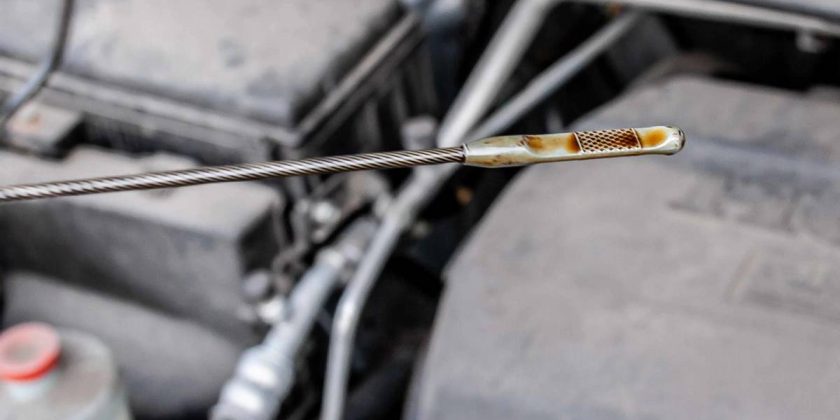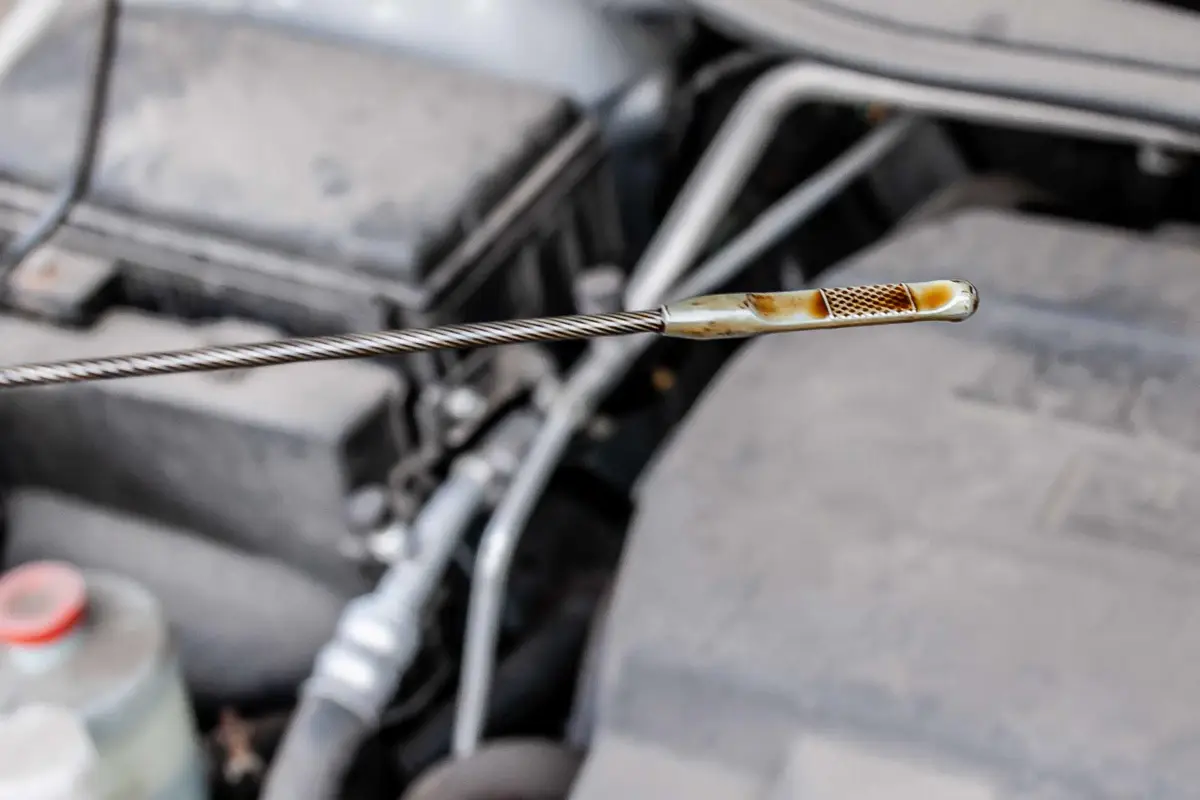When an engine has too little oil, bad things can happen: Friction between moving parts increases, the engine may run hotter and, worst case, moving parts seize when they become starved for lubrication.
Bad things also can happen when there’s too much oil. Overfilling with oil can cause foaming, which turns a slippery lubricant into a sudsy fluid with air bubbles that diminish the lubricating and cooling properties. Frothy oil also is harder for the oil pump to distribute around the engine, so some moving parts might not receive as much oil as they need, increasing wear and raising the risks of engine damage.
Related: Which Cars Have Free Maintenance for 2021?
How much oil does a car need? That depends. Look for specifics in your vehicle owner’s manual, but many engines require between 4 and 6 quarts. Typically, the oil drains into a pan at the bottom of the engine, below the crankshaft. If the pan is overfilled, the crankshaft can act like a high-speed blender that churns the oil and creates foam.
The crankshaft is where engine speed is measured, and it spins rapidly whenever the engine is running. For example, if the tachometer reads 2,500 rpm at 75 mph, that means the crankshaft does a complete revolution 2,500 times each minute; floor the throttle and it can reach 5,000 rpm or higher.
Overfilling also increases oil pressure, putting more stress on seals and gaskets that keep oil from leaking out of the engine or going places it shouldn’t on the inside. Over time, the added stress accelerates wear on those seals and gaskets. Overfilling often occurs because repair shops pump fresh oil from bulk containers instead of pouring it from quart- or gallon-size containers. Holding the pump trigger too long can easily add extra oil, and the technician might not check the dipstick — and even if they do check it, oil takes time to drain into the pan, so they might get a false reading of the oil level right after pumping in fresh oil.
Checking the oil dipstick when a vehicle is on flat ground and the engine is cold will give an accurate reading of the level. If the oil level is a little above the full mark, that shouldn’t cause problems. If it’s overfilled by half a quart or more, or foam shows on the dipstick, the best fix is to have the oil drained and refilled to the proper level.
More From Cars.com:
- More Maintenance Coverage
- What Do DOHC, SOHC and OHV Stand For?
- What Is an EGR Valve and What Does It Do?
- Find Your Next Car
Cars.com’s Editorial department is your source for automotive news and reviews. In line with Cars.com’s long-standing ethics policy, editors and reviewers don’t accept gifts or free trips from automakers. The Editorial department is independent of Cars.com’s advertising, sales and sponsored content departments.
Source: Read Full Article

